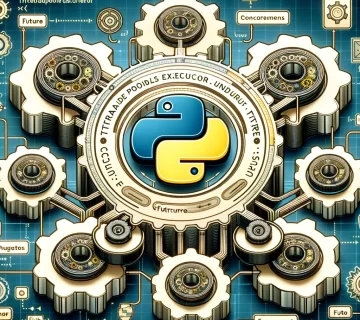Why Introductions are More Than Just a Formality in Learning Python
Building a Strong Foundation
When diving into the world of Python or any programming language, the introductory sections might seem like a cursory glance at the basics. But, these sections are more than just a formality. They lay the groundwork for your entire learning journey. Understanding the core principles, history, and application scope of Python in the introduction sets the stage for a deeper comprehension of more complex concepts later.
Setting Expectations and Mapping the Journey
Introductions provide a roadmap of what to expect as you delve deeper into Python. They offer insights into the language’s capabilities, its community, and how it compares to other programming languages. This knowledge helps in aligning your learning goals with the features and opportunities Python presents.
Crucial for Long-Term Retention
The basics learned in introductory sections might appear trivial but are often the building blocks for advanced topics. Concepts like variables, data types, and basic syntax, once mastered, make understanding complex algorithms and data structures much smoother.
Time Investment with Long-Term Benefits
Reading the introductory sections doesn’t take much time, but the benefits are long-lasting. It prepares you mentally for the learning curve ahead and helps mitigate any surprises or misconceptions about the language.
Fostering a Holistic Understanding
A thorough read of the introductions fosters a more holistic understanding of Python. You’re not just learning to code; you’re learning to think like a programmer. This shift in mindset is crucial for problem-solving and innovation in programming.
Advice for Learners
- Don’t Skip: Always read the introduction, no matter how eager you are to jump into coding.
- Take Notes: Jot down key points, especially those that align with your learning objectives.
- Reflect on Applications: Think about how Python’s features can be applied to your projects or interests.
- Ask Questions: If anything is unclear, seek answers. Understanding the basics is essential for progress.
Conclusion
In summary, introductions in Python programming books or courses are not just preliminary text; they’re the compass that guides your journey in the programming world. By investing a little time in understanding these sections, you set yourself up for a more rewarding and efficient learning experience.
Homework Assignment: Read the introductions of a Python and write a short summary of what you learned. How does this introduction shape your expectations for learning Python?





No comment